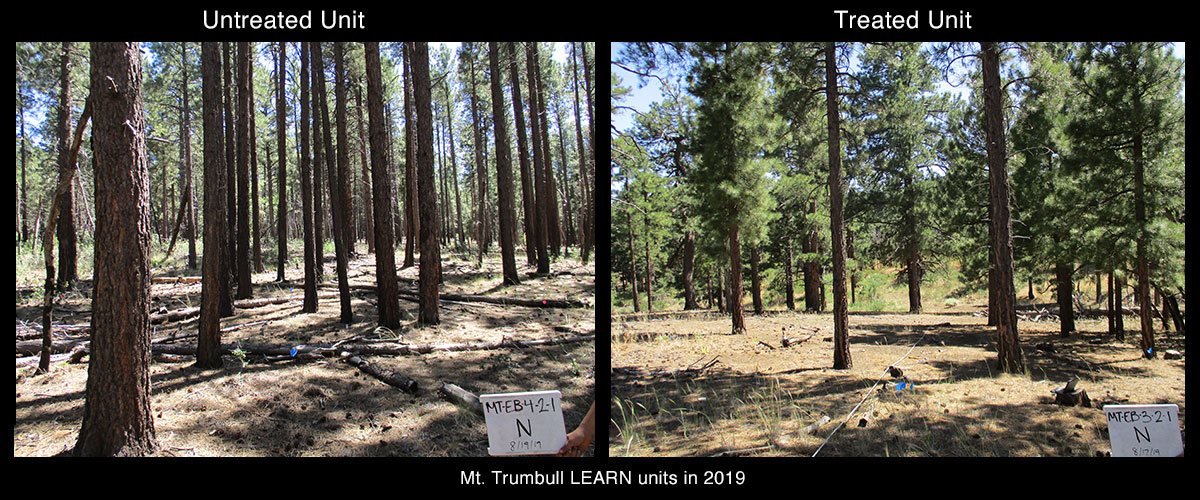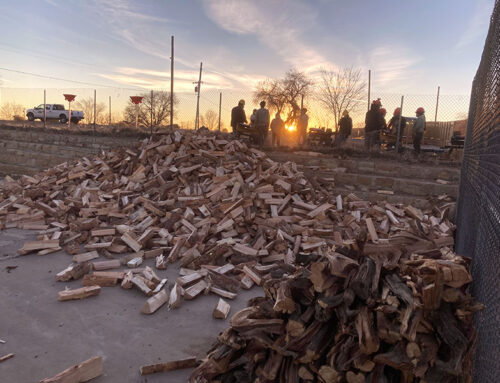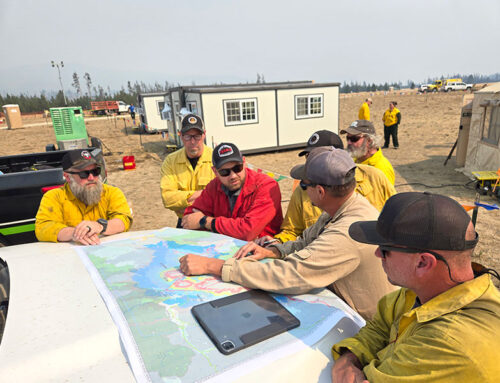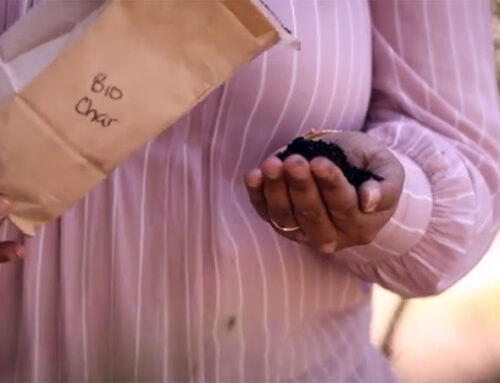Understory plant communities account for a high proportion of total biodiversity in western forests, and they are important to monitor due to the role they play in affecting ecological function. In summer 2021, the ERI will conduct field measurements and analyze data at several LEARN (Long-term Ecological Assessment and Restoration Network) sites in Arizona to evaluate plant community responses to forest restoration treatments. Field sites visited this year include Grand Canyon-Parashant National Monument (National Park Service and Bureau of Land Management) and the Mineral Ecosystem Management Area on the Apache-Sitgreaves National Forest. This work will help forest managers better understand effectiveness of forest restoration treatments for enhancing understory plant diversity and abundance and assess impacts of treatments and climate variation on sensitive species.
In addition to shifting composition and abundance of understory plant communities, climate warming is expected to drive major changes in forest overstory structure. To date, there are few details concerning site factors that interact with climate to influence change, or rates of change, for various forest communities. To help fill this information need, the ERI will remeasure monitoring plots from an extensive array established nearly 20 years ago along a steep elevation gradient. The focus of field data collection in summer 2021 will be to assess changes in tree regeneration and mortality from ponderosa pine forests at lower elevations to bristlecone pine communities at upper elevations. This unique landscape analysis will require a multiyear effort.
This year, ERI field crews will also collect plot data at various sites on the Mogollon Rim Ranger District of the Coconino National Forest. With funding from Salt River Project, ERI researchers are comparing field measurements to high-resolution lidar (Light Detection and Ranging) data obtained from remote sensors to evaluate accuracy of these advanced tools for monitoring forest tree structure and dead wood of the forest floor. Merideth Reiser and John Pelak are NAU graduate students supported by SRP to work on these projects.
ERI crews will also travel to the Santa Fe National Forest in New Mexico to conduct a rapid assessment of historical conditions in a ponderosa pine forest found in a unique canyon environment. Information on historical tree density, spatial patterns, and surface fire characteristics will help land managers determine appropriate approaches for conservation and ecological restoration of this site.
Lastly, field crews will begin collecting data for a multiyear study of understory plant community responses to fuel reduction treatments in pinyon-juniper woodlands on the Cibola National Forest in New Mexico. Pinyon-juniper ecosystems cover vast extents on southwestern landscapes, but this forest type is highly variable, and managers require more information concerning woodland responses to restoration and fuels management treatments. This work will be done in cooperation with the study’s Principal Investigator Dr. Andy Graves with the US Forest Service.




